Top 10 Deadliest Animals in Australia
''Deadly'' generally means something with the ability to cause death but it's also a word Irish people use to describe things that are awesome! Australia is home to many animals that are both awesome and deadly so we've compiled a list of our top 10 favourites.
1. Bees
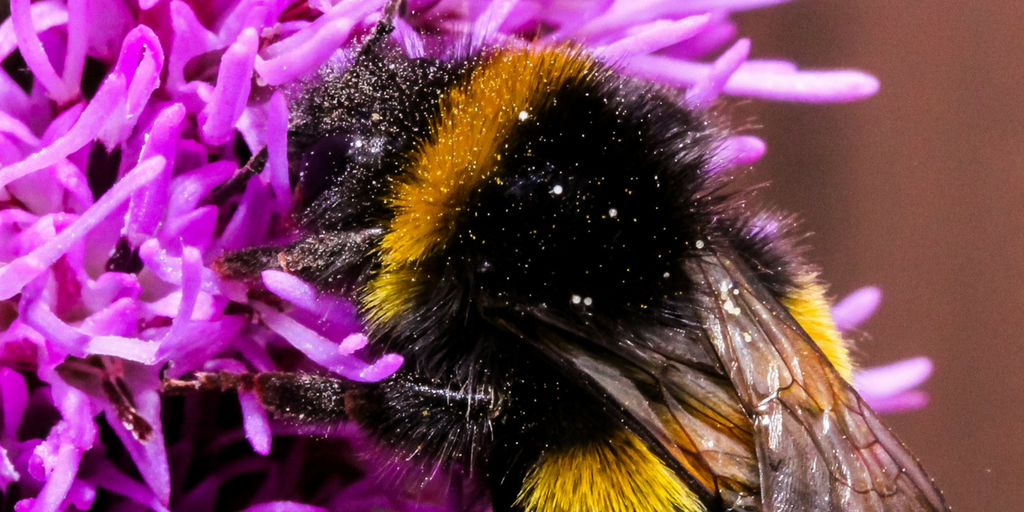
Bees cause more deaths in Australia than snakes, sharks or jellyfish! According to a study in 2017, hornets, wasps and bees caused 27 deaths over the past 13 years caused by anaphylaxis.
Lead researcher Ronelle Welton said over a 13-year period almost 2,000 people were hospitalised for bee stings across the state. Bees and wasps were responsible for 33% of hospital admissions out of almost 42,000 hospitalisations over the 13 years of analysis.
Apparently a lot of people were stung at home, raising the importance of first aid kits!
Danger rating 10/10
2. Box Jellyfish
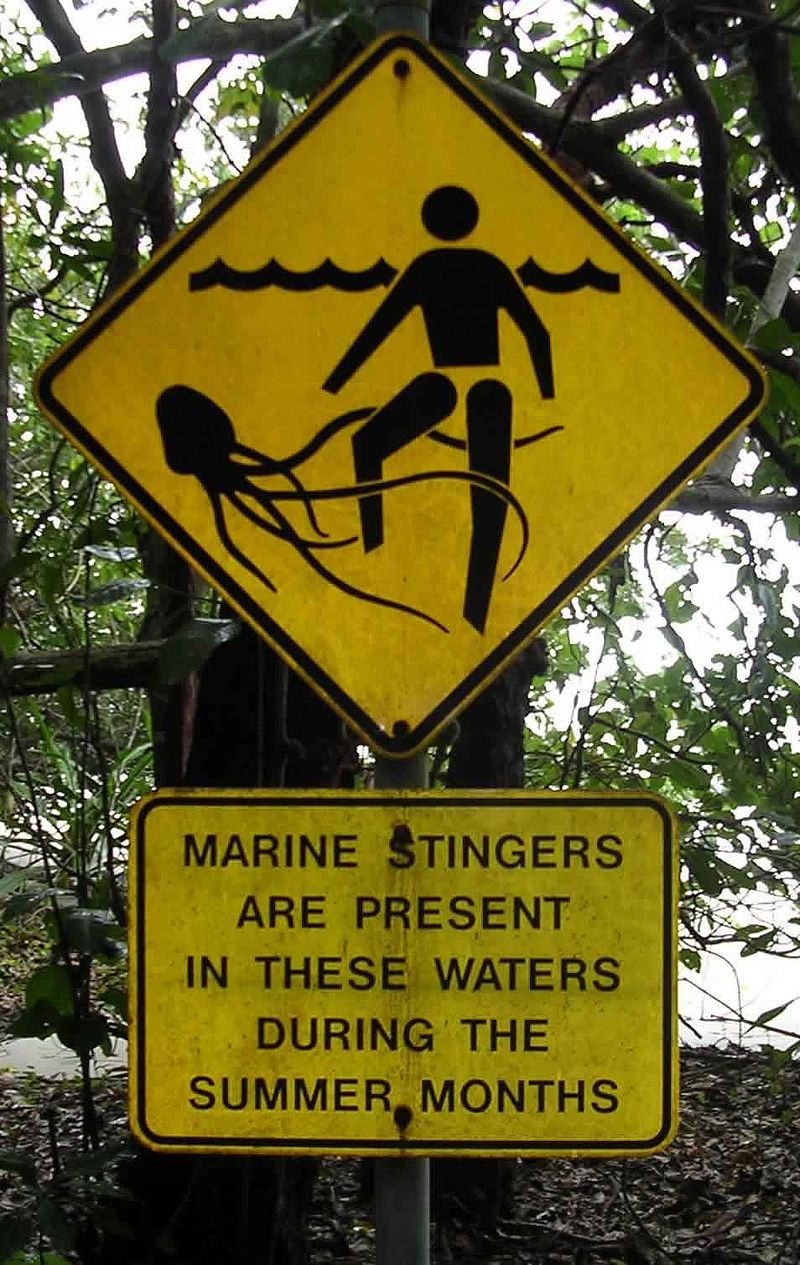
Ok this is one you might want to be worried about, depending on where you're swimming.
Typically found in Northern Australia during the warmer months their stinging tentacles can stretch more than 2 metres and can cause agonising pain and death.Their venom is the deadliest in the world.
Box jellyfish are called the "sucker punch" of the sea not only because their sting is rarely detected until the venom is injected, but also because they are almost transparent.Victims have been known to go into shock and drown or die of heart failure before even reaching shore.
Avoiding swimming or wearing stinger suits is required in areas where they are most prevalent!
Danger rating 10/10
3. Eastern Brown Snake
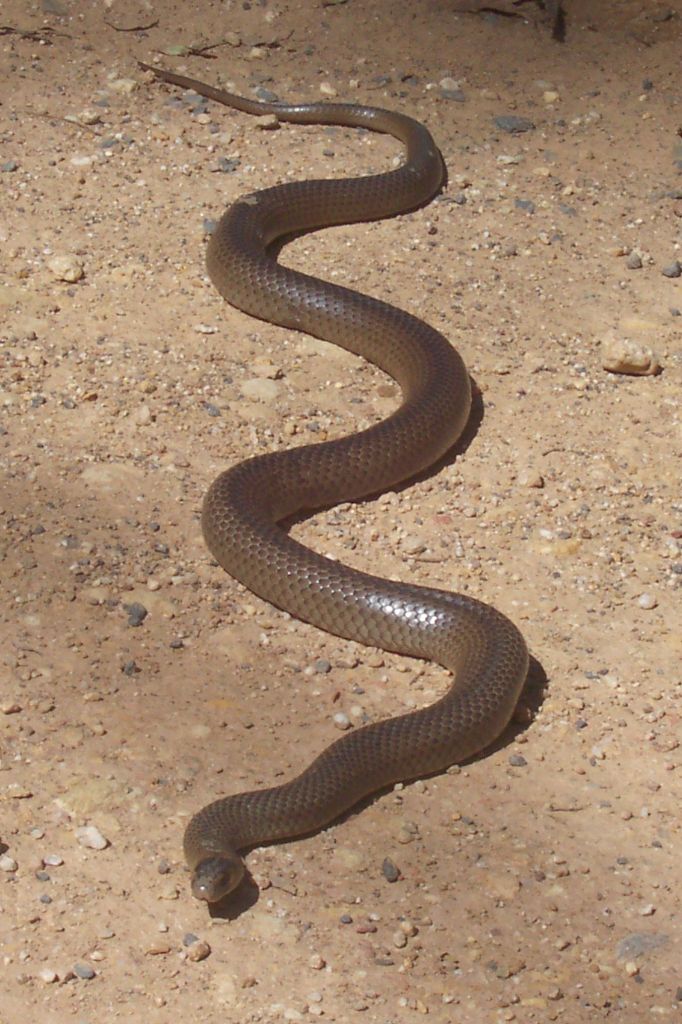
An extremely venomous snake of the family Elapidae, the Eastern Brown Snake is native to Eastern and Central Australia.
It's also responsible for around 60% of snake-bite fatalities in Australia...let's just say you don't wanna meet this guy slithering in a darkly lit laneway. Luckily, most city laneways in Australia are Eastern Brown Snake-free as they generally stick to farmland and outer urban areas.
This snake tends to be agressive when startled, however when it comes across humans it will typically try to run away or hide. It hunts by day, burrowing at night. Be wary of these snakes however, even a hatchling can kill a fully grown human.
Danger rating 10/10
4. Sydney Funnel Web
This furry legged friend (or fiend) is deadly in both senses of the word.
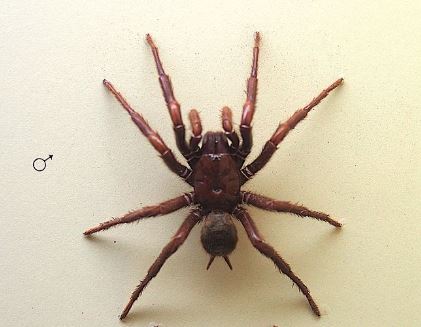
The Sydney Funnel Web spider isn't the largest spider in Australia but it produces a highly toxic venom that can attack the nervous system and kill a human in as fast as 15 minutes.
Their fangs are strong enough to pierce human toenails.
They live in New South Wales in burrows but often wander into backywards and swimming pools. Thankfully there have been no recorded fatalities since the anti-venom was made available in 1981.
However if you get bitten by one of these, best not to leave it untreated!
Danger rating 9/10
5. Crocodile
If you see a sign warning you about crocodiles, take it seriously, because crocodile attacks do happen in Australia!
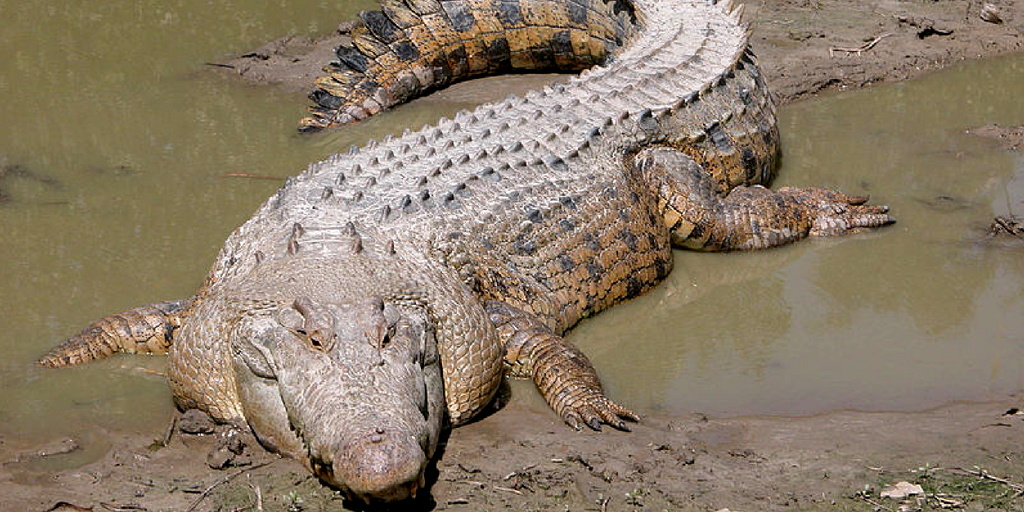
In Northern Australia, the saltwater crocodile is thriving, particularly in the multiple river systems near Darwin such as the Adelaide, Mary, and Daly Rivers, along with their adjacent billabongs and estuaries.
The saltwater crocodile population in Australia is estimated at 100,000 to 200,000 adults.
There were 8 attacks and 3 fatalities in Australia in 2017, so it's probably wise not swim in croc-infested waters. They like to hangout in Northern Australia and the males can grow up to 19ft 8in and weigh up to a whopping 2,000lb.
The largest confirmed saltwater crocodile on record measured 20ft 4 in!
Best observe the signs so!
Danger rating 9/10
6. Drop Bear
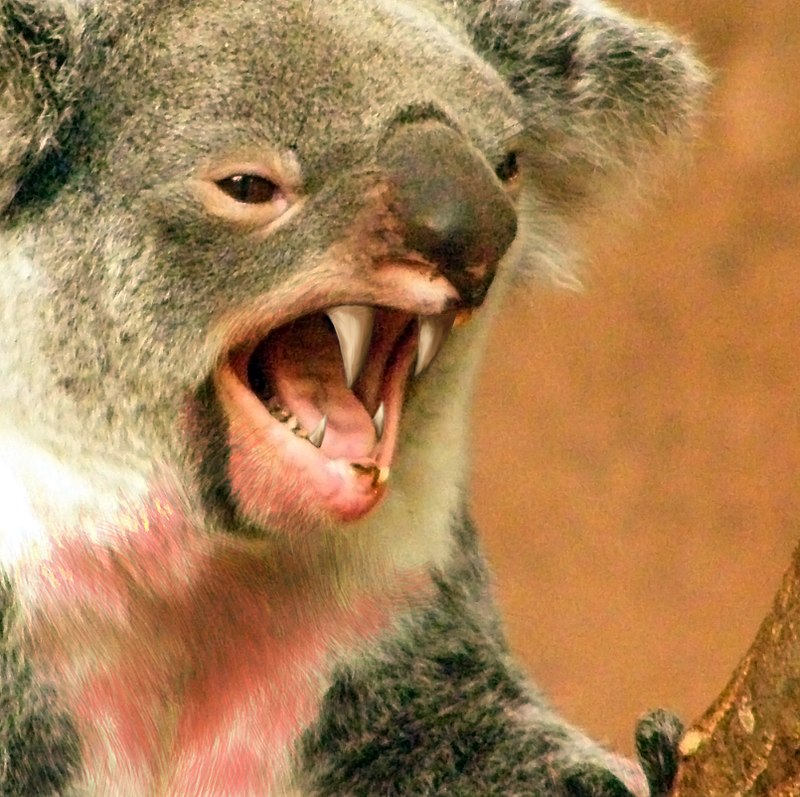
(image source: https://commons.wikimedia.org/wiki/User:Yamavu)
Hikers in the Australian bush have been 'dropped on' by these bears, hence their name.
Cousins of the well-known and much more placid Koala bear, they are carniverous and highly agressive when disturbed. They live all over Australia (excluding Tasmania) and will attack if approached.
The Drop Bear is a stocky animal with a large head and vestigial tail and can weigh up to 33lbs. Experts recommmend keeping a jar of vegemite handy on bush walks and smearing it behind your ears as a deterrent.
Drop Bears have an aversion to vegemite and will run at the smell of it.
Danger rating 8/10
7. Blue Ringed Octopus
Comprising 4 species of highly venemous octopus, you really don't want to meet a Blue Ringed Octopus out while swimming.
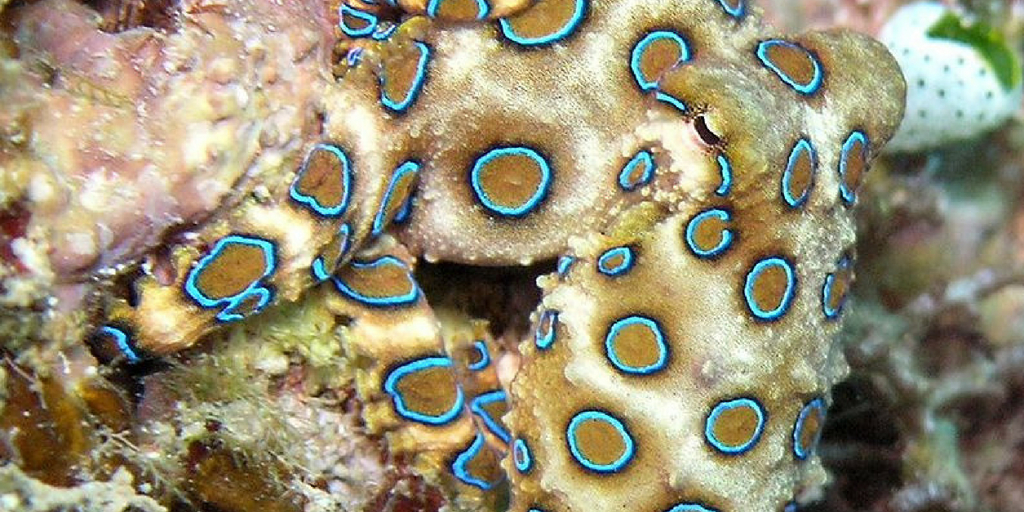
(image source: https://commons.wikimedia.org/wiki/User:Jnpet)
Depite being quite docile in nature and relatively small, they are dangerous to humans when provoked.
Their venom contains the powerful neurotoxin tetrodotoxin venom which can lead to nausea, respiratory arrest, heart failure, severe and sometimes total paralysis, blindness, and even death in minutes if not treated.
Tetrodotoxin is 1,200 times more toxic than cyanide and causes severe and often total body paralysis.
The octopus will generally try to escape danger by fleeing or hiding but if it's cornered it will bite. You'll find them in are in tide pools and coral reefs around Australia and best not to touch!
Danger rating 7/10
8. Great White Shark
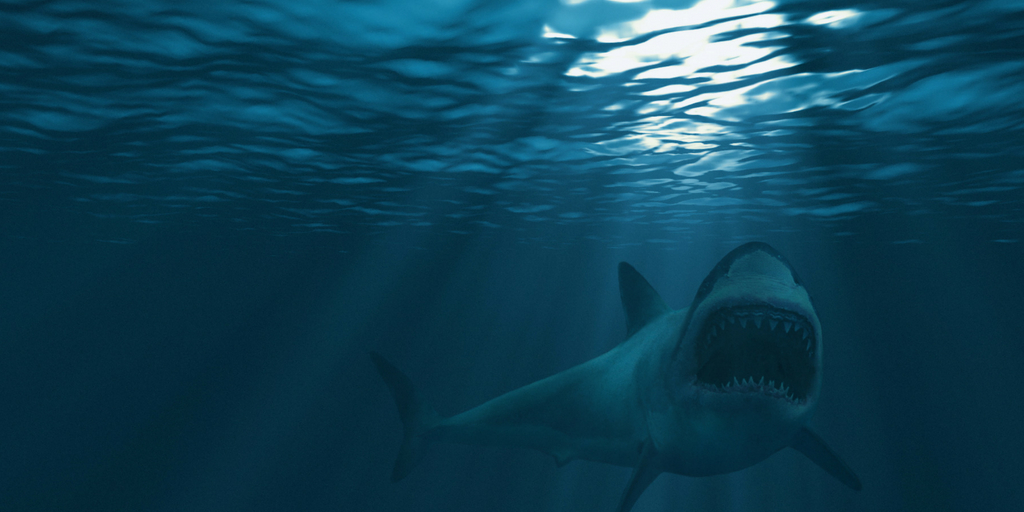
No top 10 list on animals in Australia would be complete without mentioning the Great White Shark. Growing up to 20 ft in length and with 300 teeth at any one time, it's best not to anger these big fish.
However, while the Great White gets a bad rep for shark attacks, they really have more to worry about from us than we do from them! In total there was only 1 fatality from Great White shark attacks in 2017.
In fact you're far more likely to to die from a fall involving a chair!
So let's take those odds and hand it to these amazing fish for their impressive skills.
Danger rating 6/10
9. Kangaroo
Hardly likely to come after you in the dead of night, the Kangaroo is still pretty amazing not least because it's the largest animal that uses hopping as a mode of transport.
Chances are if you go to Australia you'll see a few of the 44 million that live there.
Check out those guns bro!
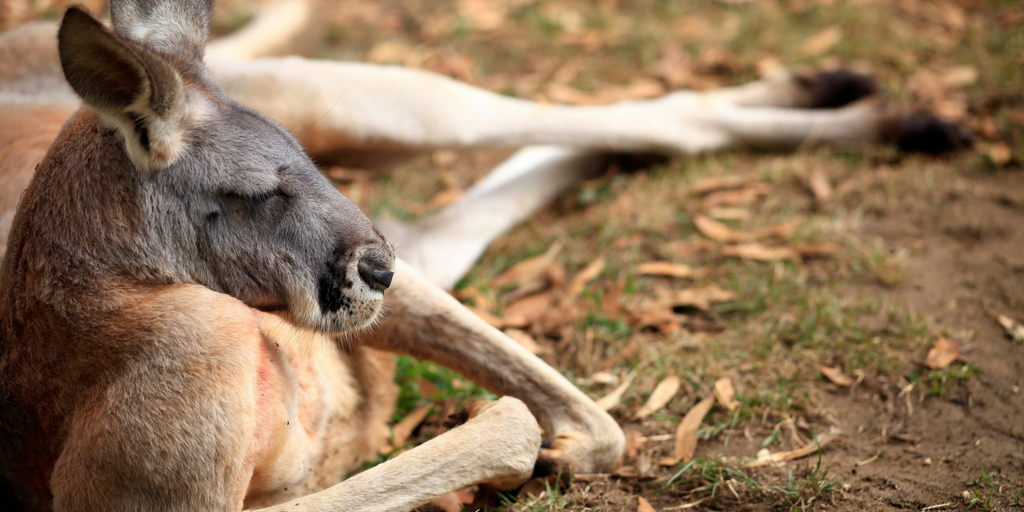
Don't be fooled by the chilled expression on faces of these marsupials, large males can grow up to 6ft 7in tall and you really don't want to take on one of these guys in in a boxing match.
Kangaroos can leap up to 25 feet in a single bound and use their formidable leg strength in fights. During a "boxing" bout, a kangaroo can balance his entire body on his tail, kicking forward with his powerful legs.
As long as you don't get involved in boxing match or accidentally hit a giant kanagaroo with your vehicle (which certainly could end up very badly for you), then you're relatively safe from kanagaroos.
In fact you should visit Ballarat Wildlife Park and meet some of them in the flesh!
Danger rating 5/10
10. Cassowary

(image source: https://commons.wikimedia.org/wiki/User:Summerdrought)
This is one badass big bird.
Native to Northern Australia, they grow up to 6ft 6in and 129lb, smaller only than the Ostrich and Emu.
They are typically shy, keeping to themselves, they can inflict serious pain and injury if provoked and are ocassionally fatal, especially to cats and dogs.
The one documented human death was caused when on 6 April 1926 when 16-year-old Phillip McClean and his brother, aged 13, came across one on their property and decided to try to kill it by striking it with clubs. The bird kicked the younger boy, who fell and ran away as his older brother struck the bird.
The older McClean then tripped and fell to the ground and the cassowary kicked him in the neck, opening a wound which may have severed his jugular vein.
Best to steer clear just in case and defintiely do not provoke!
Danger rating 4/10